Home>Gardening & Outdoor>Plant Care & Gardening Tips>What Is The Name Of The Texas Wildflower That Is Red With Yellow
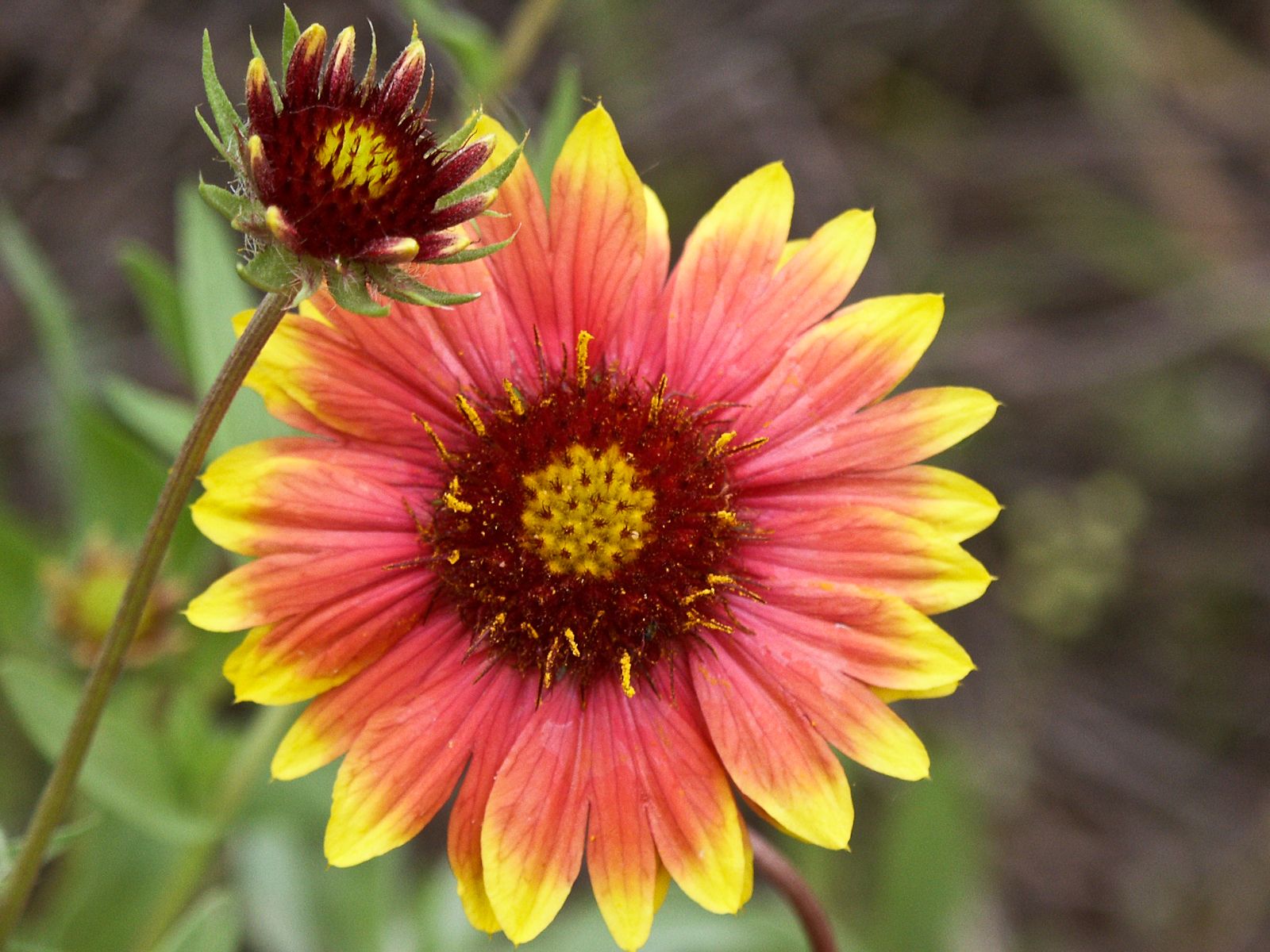

Plant Care & Gardening Tips
What Is The Name Of The Texas Wildflower That Is Red With Yellow
Modified: January 5, 2024
Discover the vibrant beauty of the Texas wildflower that is red with yellow. Learn plant care and gardening tips for this stunning native flower. Explore more with our expert guide.
(Many of the links in this article redirect to a specific reviewed product. Your purchase of these products through affiliate links helps to generate commission for Storables.com, at no extra cost. Learn more)
**
Introduction
**
Welcome to the vibrant world of Texas wildflowers, where nature showcases its artistic prowess through an array of captivating hues and intricate designs. Among these natural marvels, the red and yellow Texas wildflower stands out as a symbol of the state's rich botanical heritage. Its striking color combination and unique characteristics have captured the fascination of botanists, nature enthusiasts, and casual observers alike.
In the heart of Texas, where the landscape transitions from sprawling plains to enchanting woodlands, this wildflower emerges as a testament to the region's ecological diversity. Its presence not only adds a splash of color to the surroundings but also plays a crucial role in supporting local ecosystems. As we delve into the world of this captivating wildflower, we'll uncover its distinct features, explore its natural habitat, and unravel the significance it holds in the tapestry of Texas flora. Join us on this botanical journey as we unravel the allure of the red and yellow Texas wildflower.
**
Key Takeaways:
- The red and yellow Texas wildflower, also known as the Indian Blanket or Firewheel, is a vibrant symbol of Texas’ natural beauty and resilience, attracting pollinators and inspiring artists and storytellers.
- Its striking appearance and ecological importance make it a valuable addition to native wildflower gardens, supporting local ecosystems and adding a touch of natural splendor to Texas’ landscapes.
Read more: What Is The White Wildflower In Texas
Description of the Red and Yellow Texas Wildflower
**
At the heart of the Texas landscape, the red and yellow wildflower stands as a testament to nature’s artistry. Known for its vibrant petals that blend shades of crimson and gold, this wildflower, often referred to as the Indian Blanket or Firewheel, embodies the spirit of the Lone Star State. The striking contrast of its colors, reminiscent of a blazing sunset, makes it a sight to behold in open fields, along roadsides, and in prairies.
The Indian Blanket’s distinctive appearance is characterized by its daisy-like composite blooms, each adorned with a central disk of deep red surrounded by vivid yellow rays. These radiant blossoms, which can span up to three inches in diameter, create a mesmerizing display that beckons pollinators and admirers alike. The slender, lance-shaped leaves of the Indian Blanket form a verdant backdrop to the resplendent floral show, adding depth to its visual allure.
As a member of the sunflower family (Asteraceae), this wildflower thrives in the abundant sunlight of the Texas plains and prairies, showcasing its vibrant blooms from late spring through the scorching days of summer. Its ability to withstand the region’s arid conditions and flourish in well-drained soils further cements its status as a resilient symbol of Texas’ natural beauty.
While the Indian Blanket’s common name reflects its resemblance to traditional Native American blankets, its scientific name, Gaillardia pulchella, pays homage to the 18th-century French botanist Gaillard de Charentonneau. This botanical juxtaposition of cultural and scientific nomenclature adds depth to the wildflower’s identity, underscoring its significance as a cultural and ecological emblem.
**
Habitat and Distribution
**
The red and yellow Texas wildflower, known for its resplendent blooms, thrives in a variety of habitats across the Lone Star State. From the vast prairies to the edges of woodlands, this resilient wildflower graces the landscape with its vibrant presence.
Indian Blankets are commonly found in open areas with well-drained soils, including prairies, meadows, and roadsides. Their preference for ample sunlight makes them a common sight along highways, where their vivid blooms create a striking contrast against the backdrop of the Texas sky. In addition to these open spaces, the Indian Blanket also finds a home in disturbed areas, such as abandoned fields and grasslands, where its hardy nature allows it to thrive in less-than-ideal conditions.
Across Texas, from the Panhandle to the Gulf Coast, the Indian Blanket’s range spans various ecological regions, reflecting its adaptability to diverse environments. This wildflower’s resilience and adaptability have contributed to its widespread distribution, making it a familiar sight for Texans and a source of inspiration for artists, writers, and nature enthusiasts.
During the peak of its blooming season, the Indian Blanket creates a breathtaking tapestry of color, transforming vast expanses of land into vibrant, picturesque landscapes. Its ability to thrive in both natural and human-altered environments underscores its ecological versatility and resilience in the face of changing landscapes.
While the Indian Blanket’s distribution extends beyond the borders of Texas, its profound connection to the state’s identity and natural heritage makes it an enduring symbol of Texas’ floral splendor. As it continues to grace the Texas countryside with its radiant blooms, the red and yellow wildflower stands as a living testament to the beauty and resilience of the Lone Star State’s natural landscapes.
**
The Texas wildflower that is red with yellow is called the Indian Paintbrush. It is a beautiful and vibrant flower that can be found in fields and meadows throughout Texas.
Importance and Uses
**
Beyond its visual appeal, the red and yellow Texas wildflower, also known as the Indian Blanket or Firewheel, holds ecological and cultural significance, enriching the fabric of Texas’ natural heritage.
As a native wildflower, the Indian Blanket plays a vital role in supporting local ecosystems. Its nectar-rich blooms attract a myriad of pollinators, including bees, butterflies, and hummingbirds, making it an essential food source for these vital contributors to the region’s biodiversity. By providing sustenance for pollinators, the Indian Blanket contributes to the intricate web of life that sustains Texas’ natural landscapes.
Beyond its ecological importance, the Indian Blanket has also woven itself into the cultural tapestry of Texas. Its vibrant blooms have inspired artists, poets, and storytellers, becoming a symbol of natural beauty and resilience. The wildflower’s striking appearance has been immortalized in various forms of art, from paintings and photographs to literature and folklore, capturing the essence of Texas’ floral abundance.
Furthermore, the Indian Blanket’s adaptability and resilience make it a valuable addition to native wildflower gardens and landscapes. Its low maintenance requirements and ability to thrive in diverse soil conditions make it an attractive choice for landscaping projects aimed at promoting biodiversity and supporting local pollinators. Whether in urban gardens or rural settings, the Indian Blanket’s vibrant blooms add a touch of natural splendor while contributing to the conservation of native flora and fauna.
From a cultural perspective, the Indian Blanket’s presence in Texas’ natural landscapes serves as a reminder of the state’s rich botanical heritage and the enduring beauty of its native flora. Its symbolic significance extends beyond its ecological role, embodying the spirit of resilience and vitality that defines Texas’ natural landscapes.
As the Indian Blanket continues to grace the Texas countryside with its resplendent blooms, it stands as a testament to the enduring connection between nature, culture, and the timeless allure of the Lone Star State’s floral treasures.
**
Conclusion
**
The red and yellow Texas wildflower, known for its resplendent blooms and cultural significance, stands as a vibrant emblem of the state’s natural heritage. From its striking appearance to its ecological contributions, the Indian Blanket embodies the spirit of resilience and vitality that defines Texas’ floral landscapes.
As it graces open fields, roadsides, and prairies with its radiant presence, the Indian Blanket not only adds a splash of color to the landscape but also sustains local ecosystems by providing essential nourishment for pollinators. Its adaptability and widespread distribution underscore its resilience in the face of diverse environmental conditions, making it a symbol of Texas’ botanical abundance.
Beyond its ecological importance, the Indian Blanket has woven itself into the cultural fabric of Texas, inspiring artists and storytellers while serving as a reminder of the state’s rich natural heritage. Its vibrant blooms have become a timeless symbol of natural beauty and resilience, capturing the imagination of all who encounter its captivating display.
As the Indian Blanket continues to thrive in the heart of Texas, its enduring presence serves as a testament to the profound connection between nature, culture, and the timeless allure of the Lone Star State’s floral treasures. Whether adorning the countryside or inspiring creative expressions, the red and yellow Texas wildflower stands as a living testament to the enduring beauty and resilience of Texas’ natural landscapes.
Frequently Asked Questions about What Is The Name Of The Texas Wildflower That Is Red With Yellow
Was this page helpful?
At Storables.com, we guarantee accurate and reliable information. Our content, validated by Expert Board Contributors, is crafted following stringent Editorial Policies. We're committed to providing you with well-researched, expert-backed insights for all your informational needs.
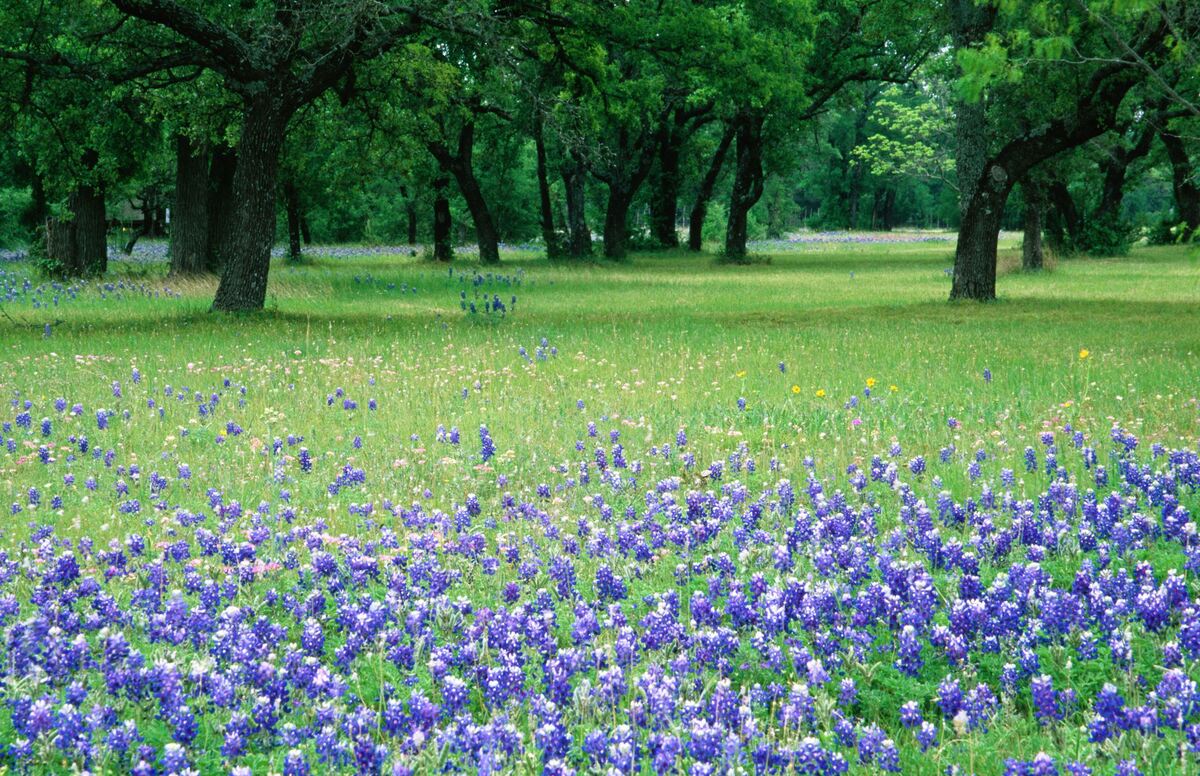
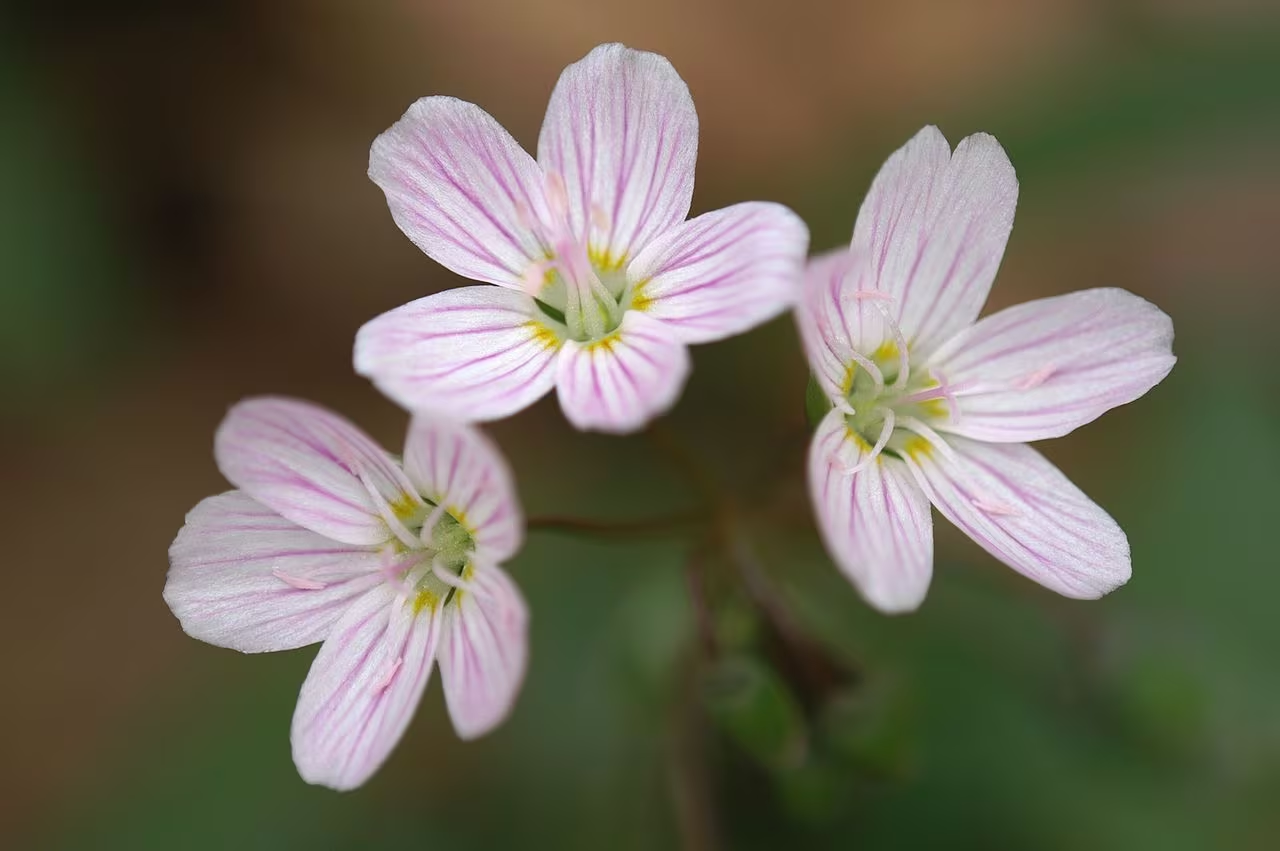
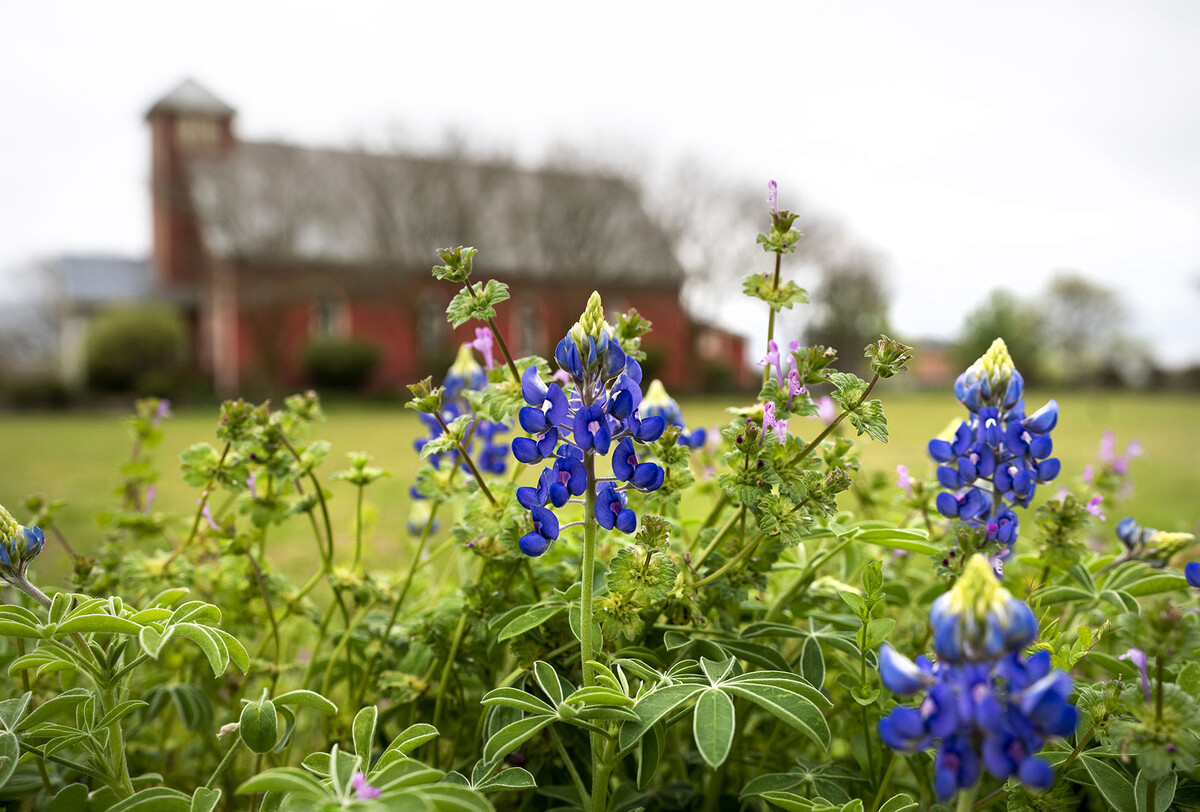
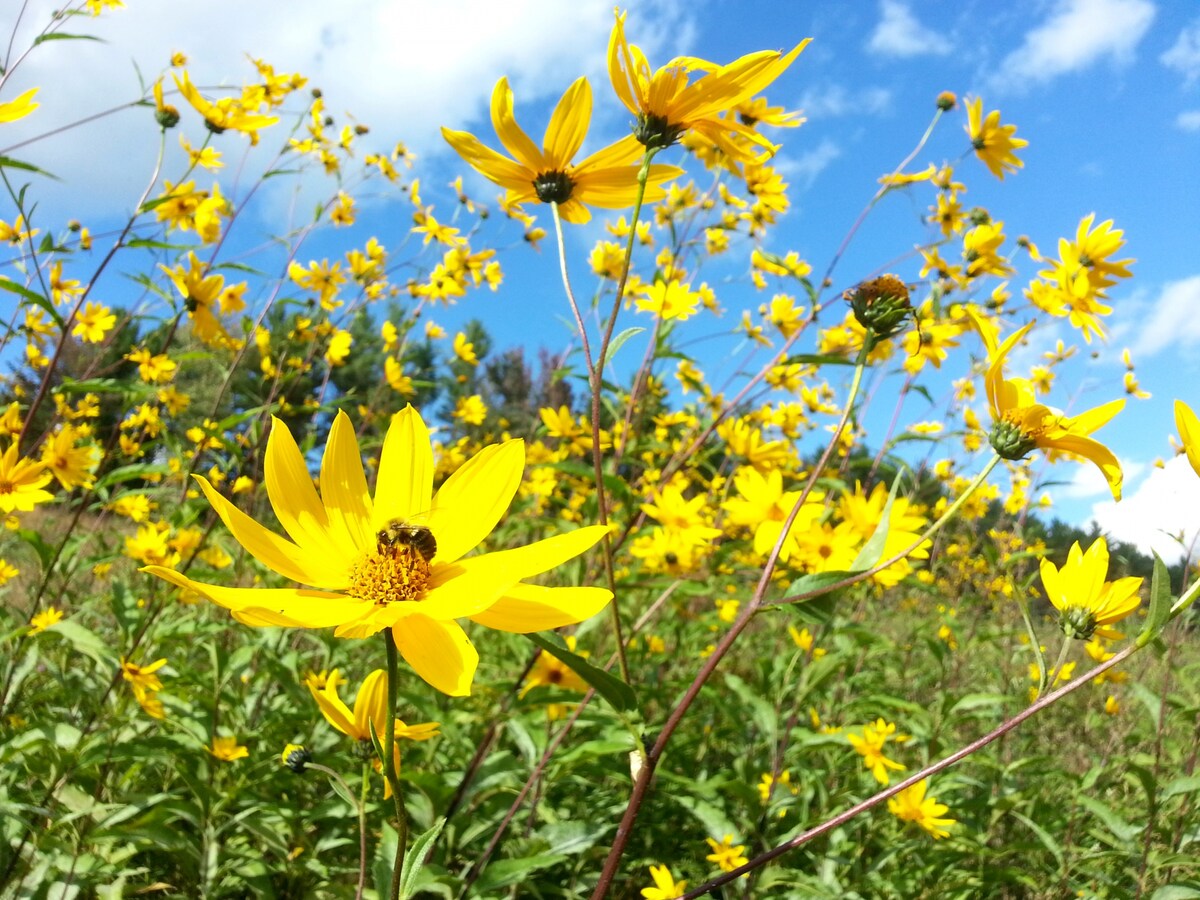

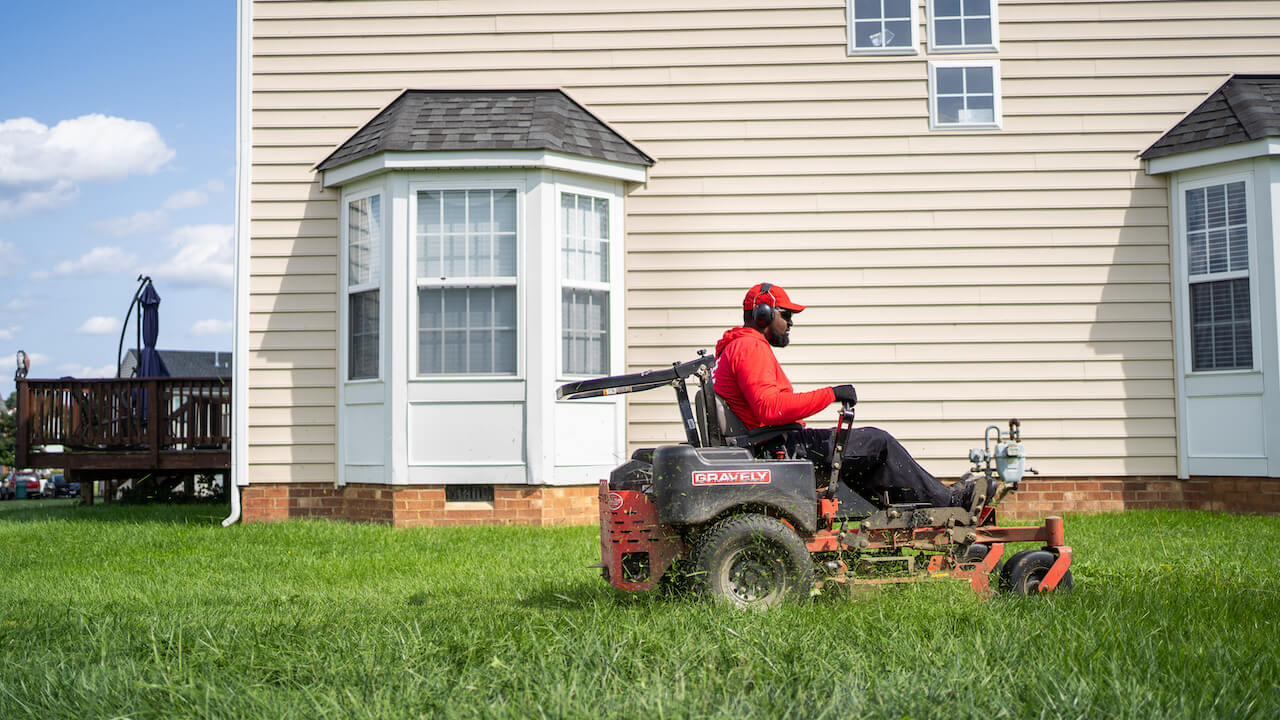
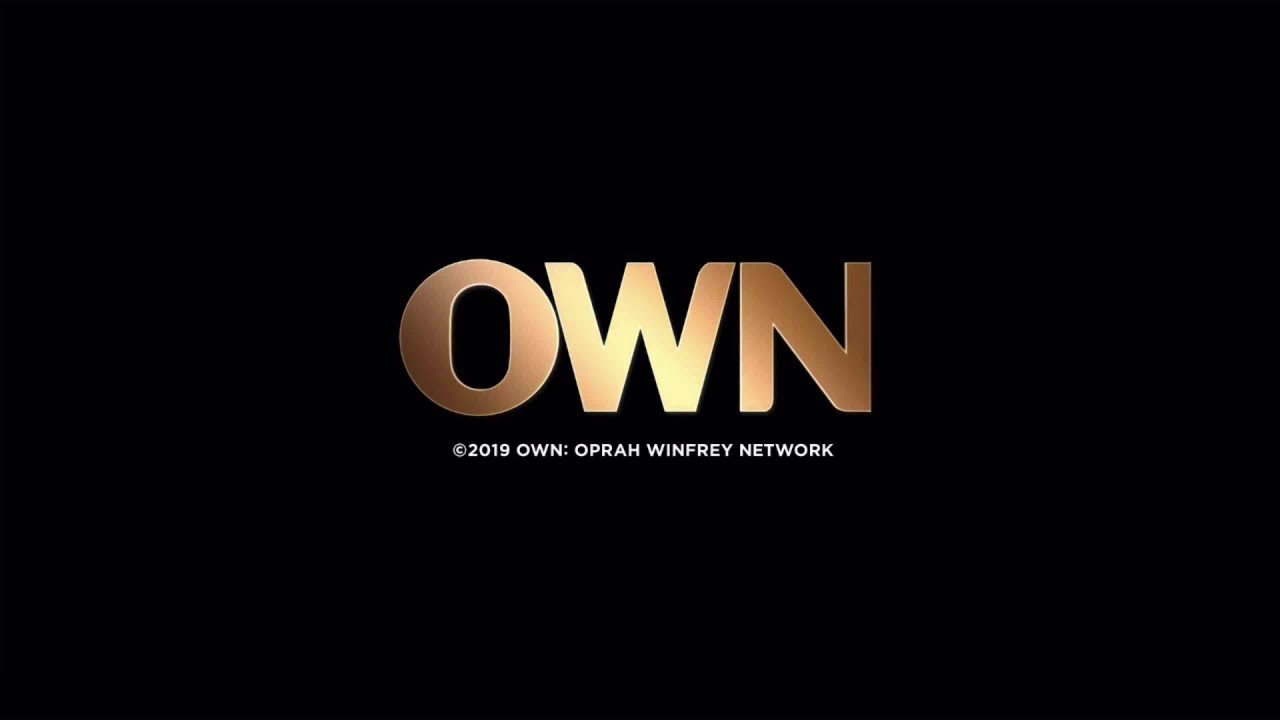
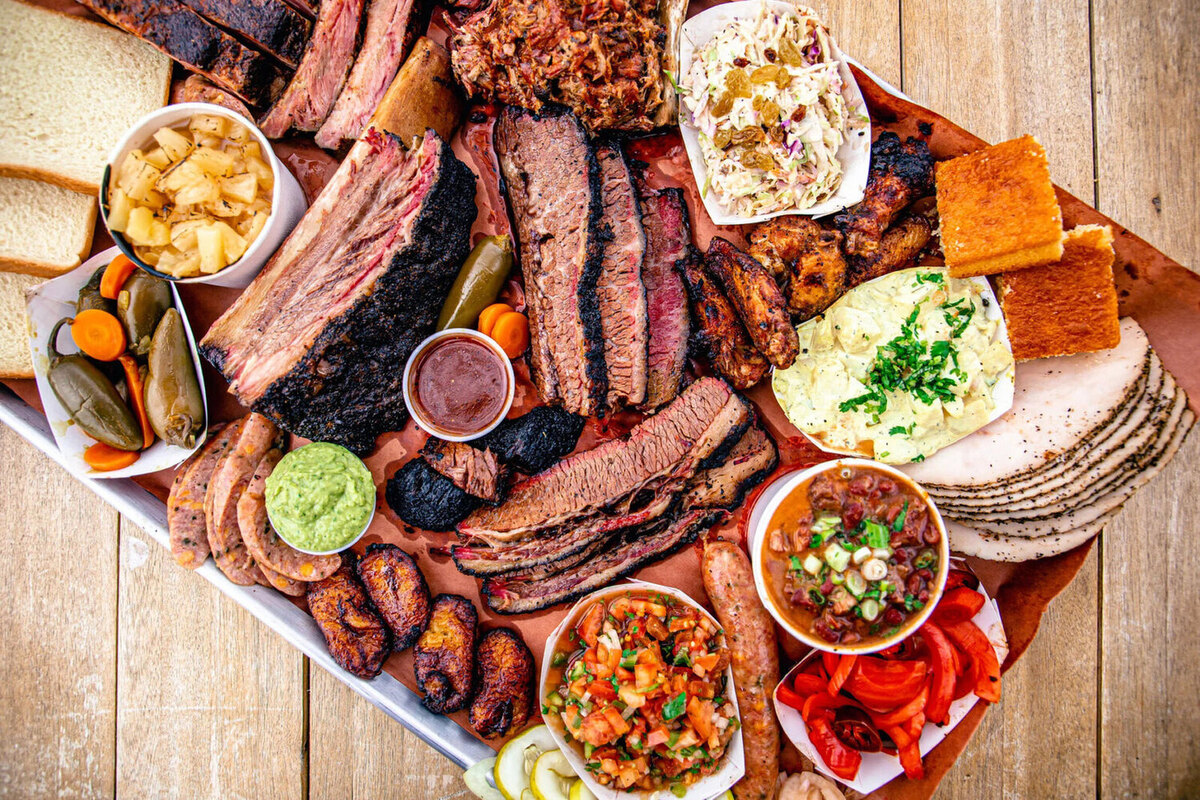
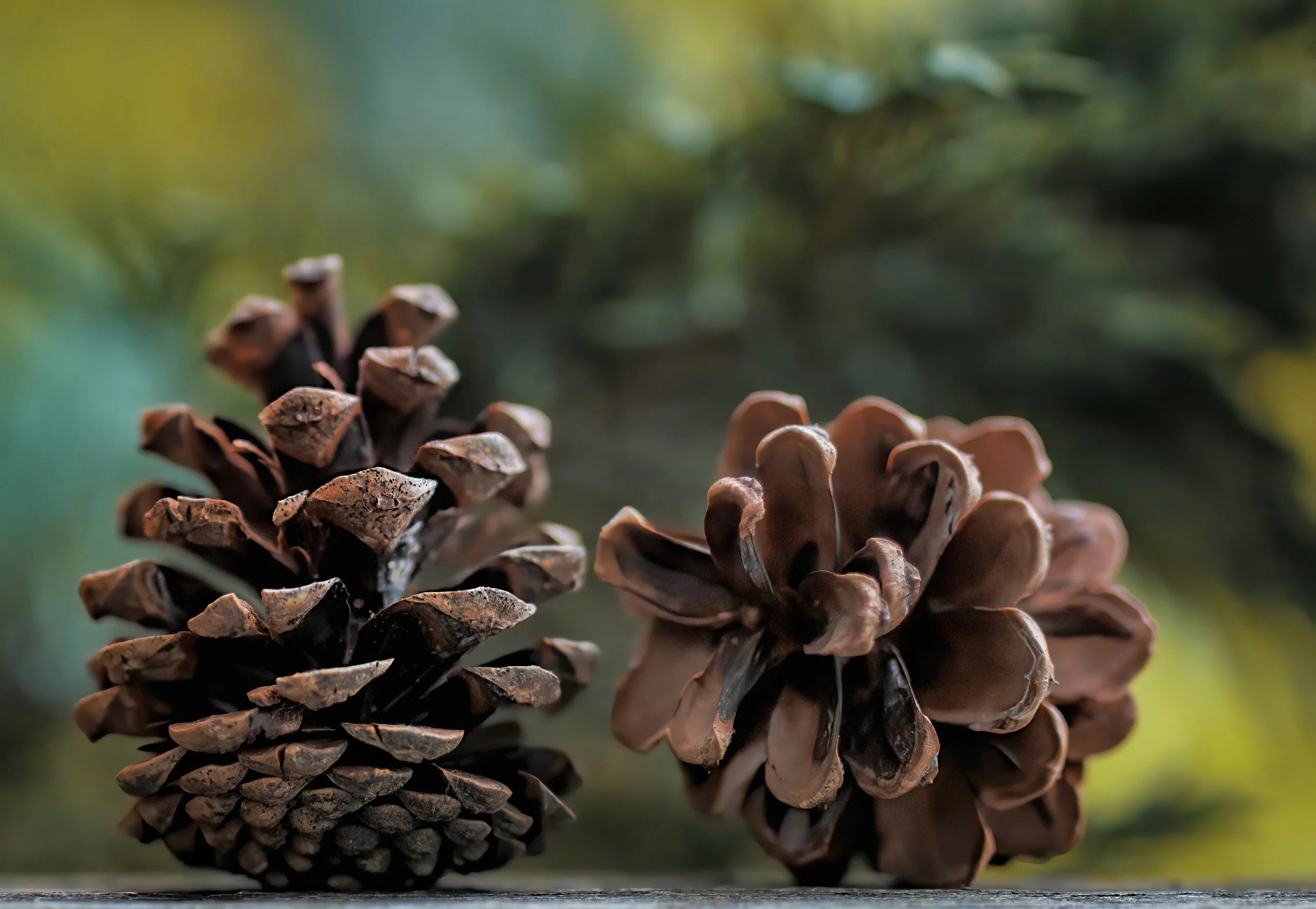
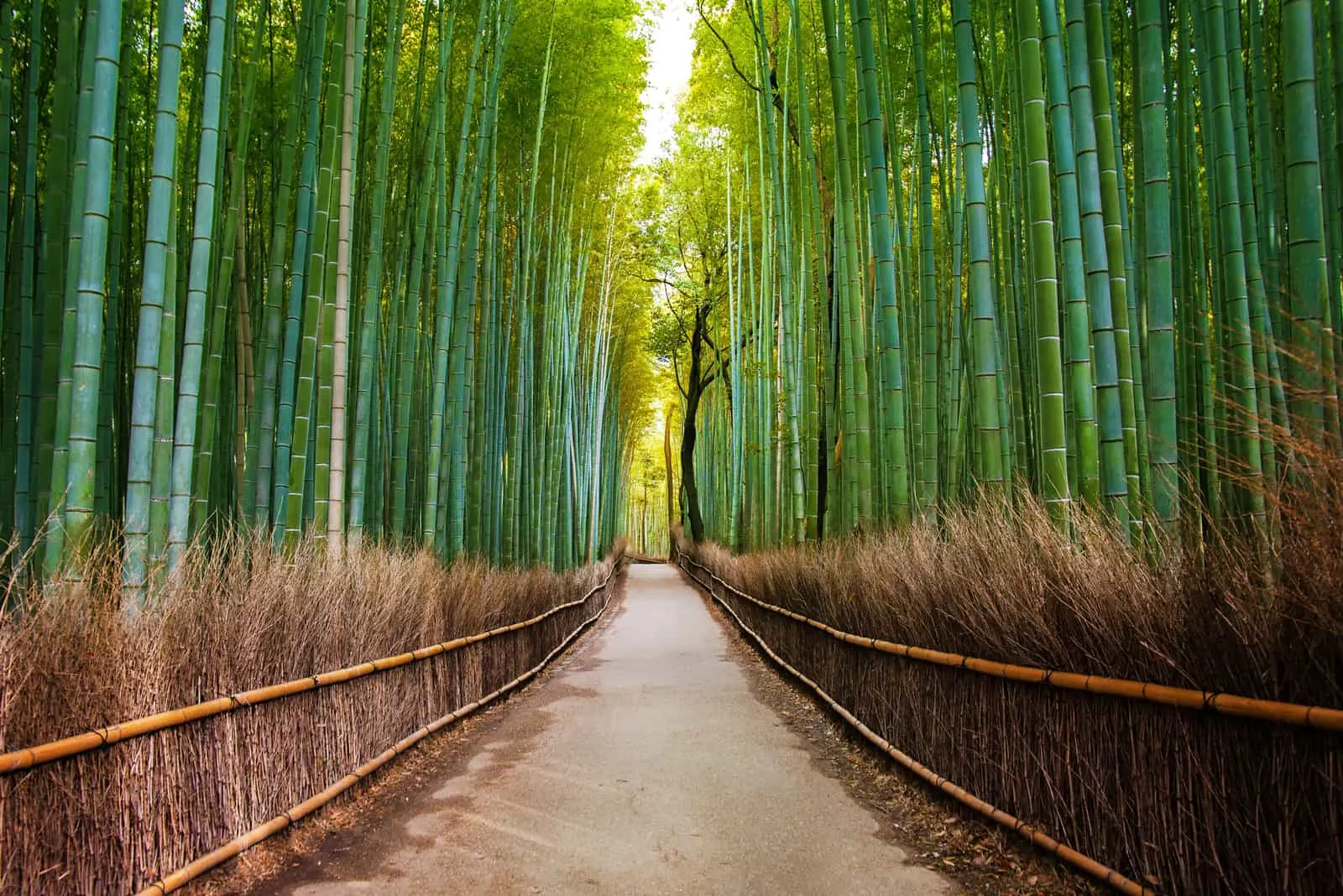
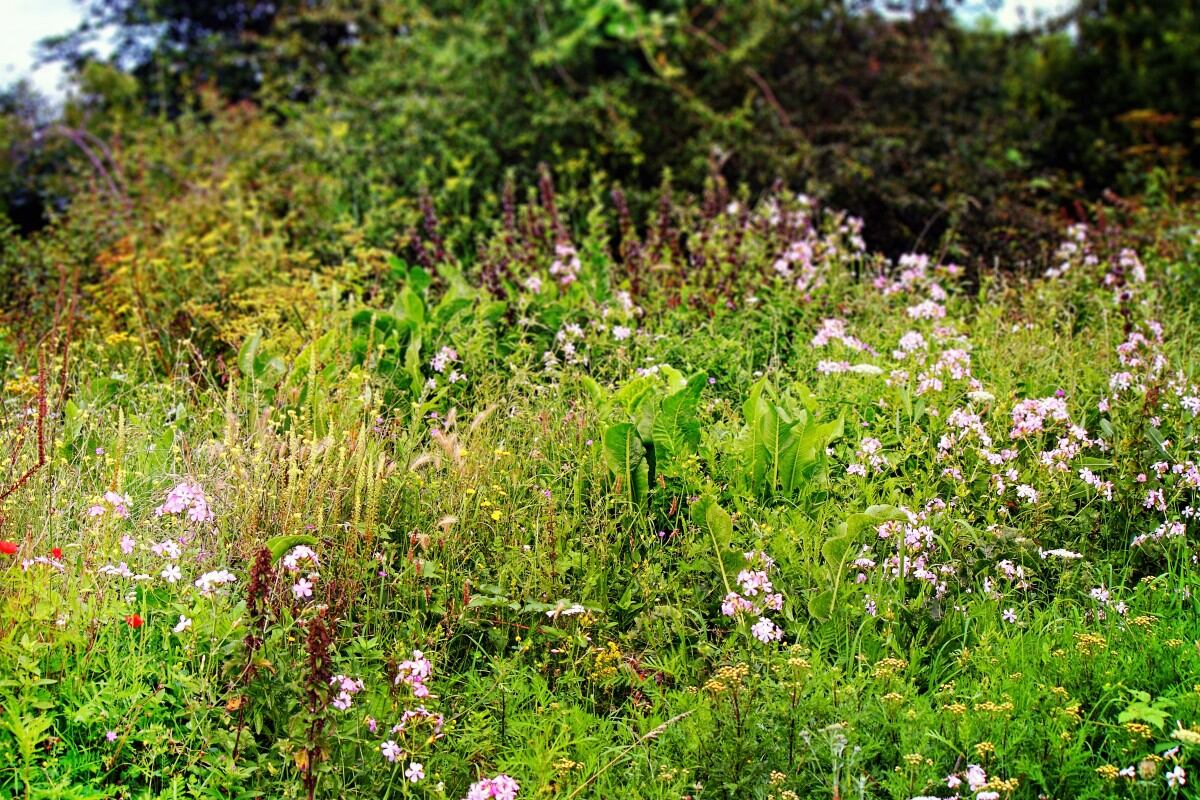
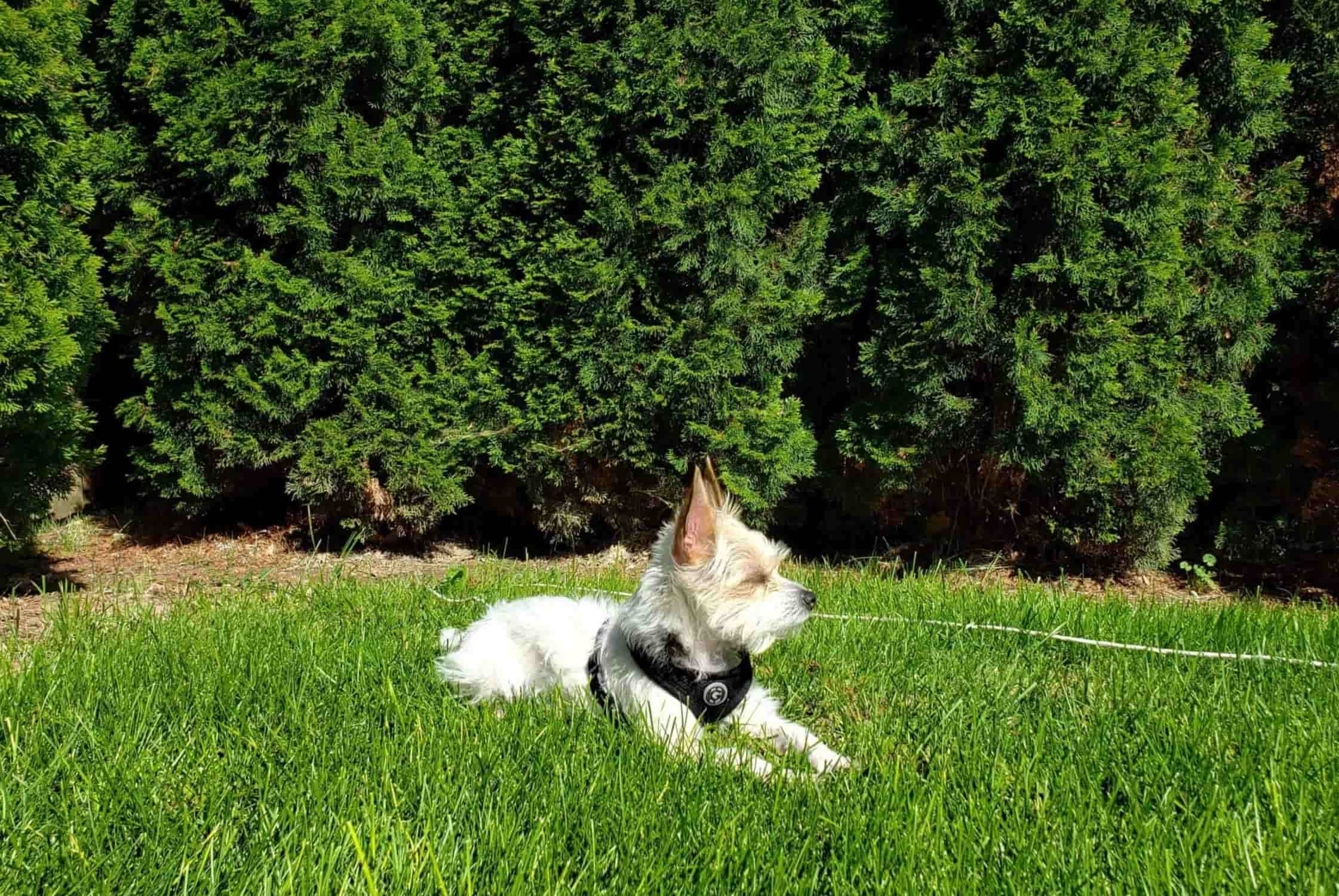
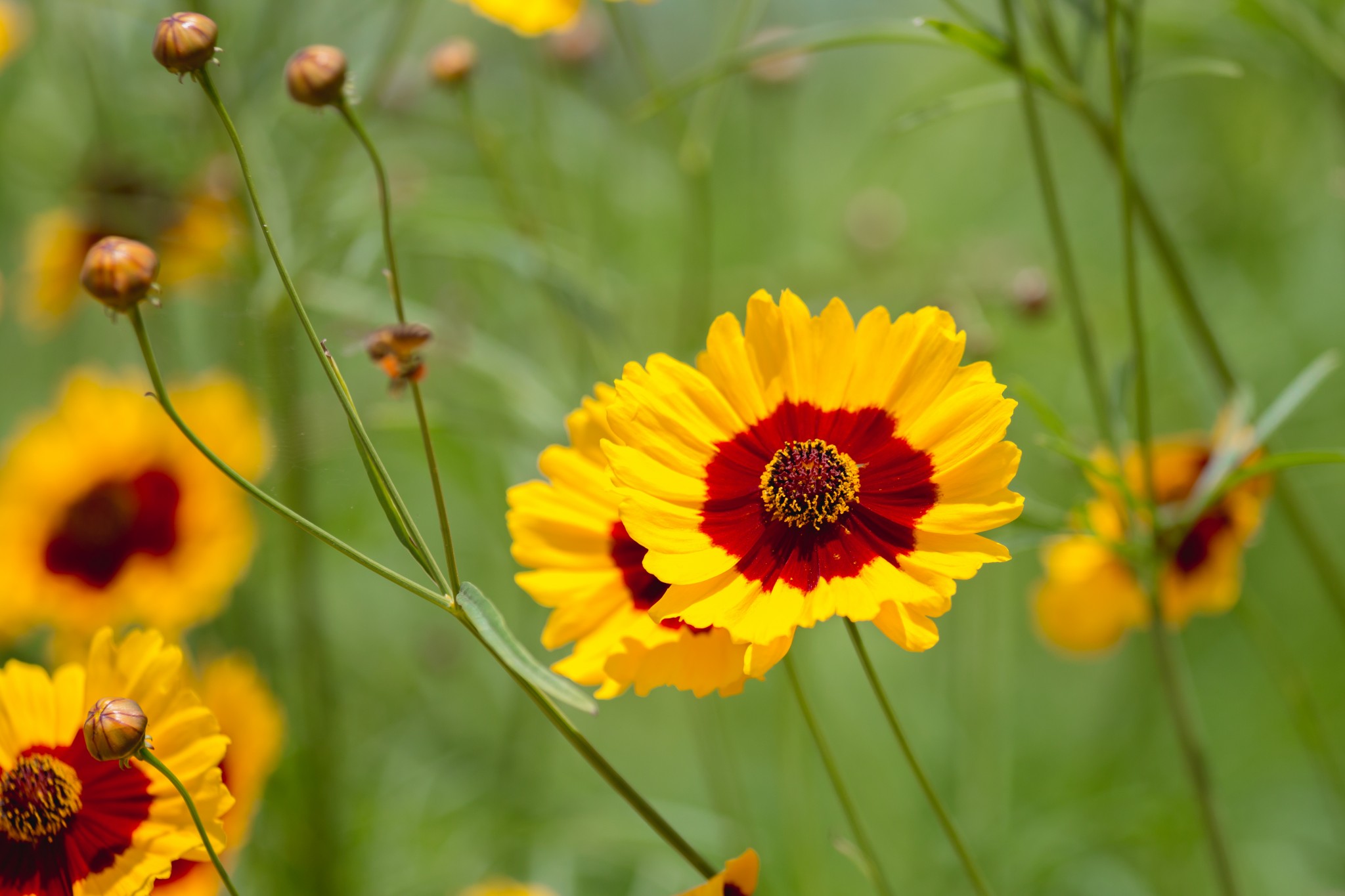
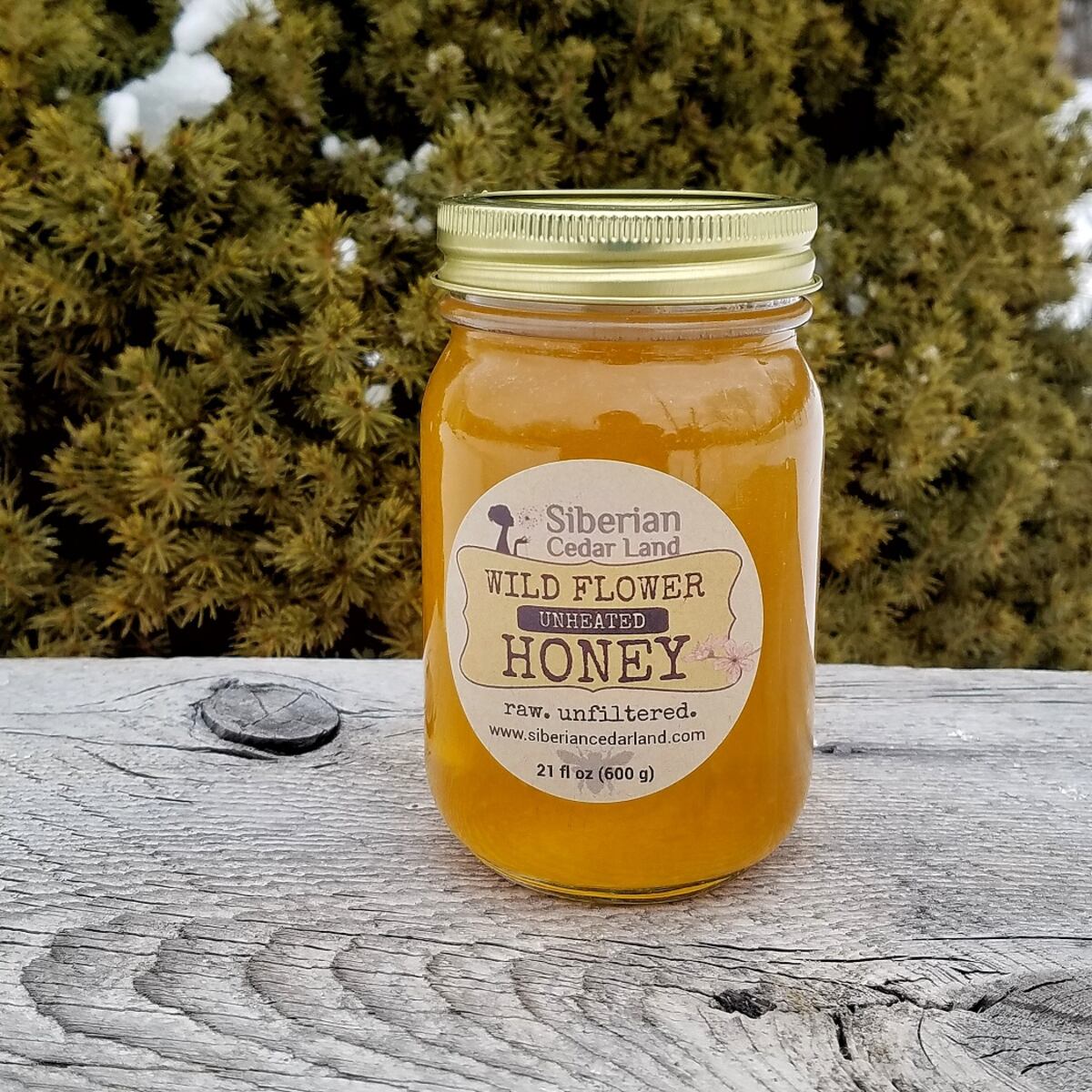
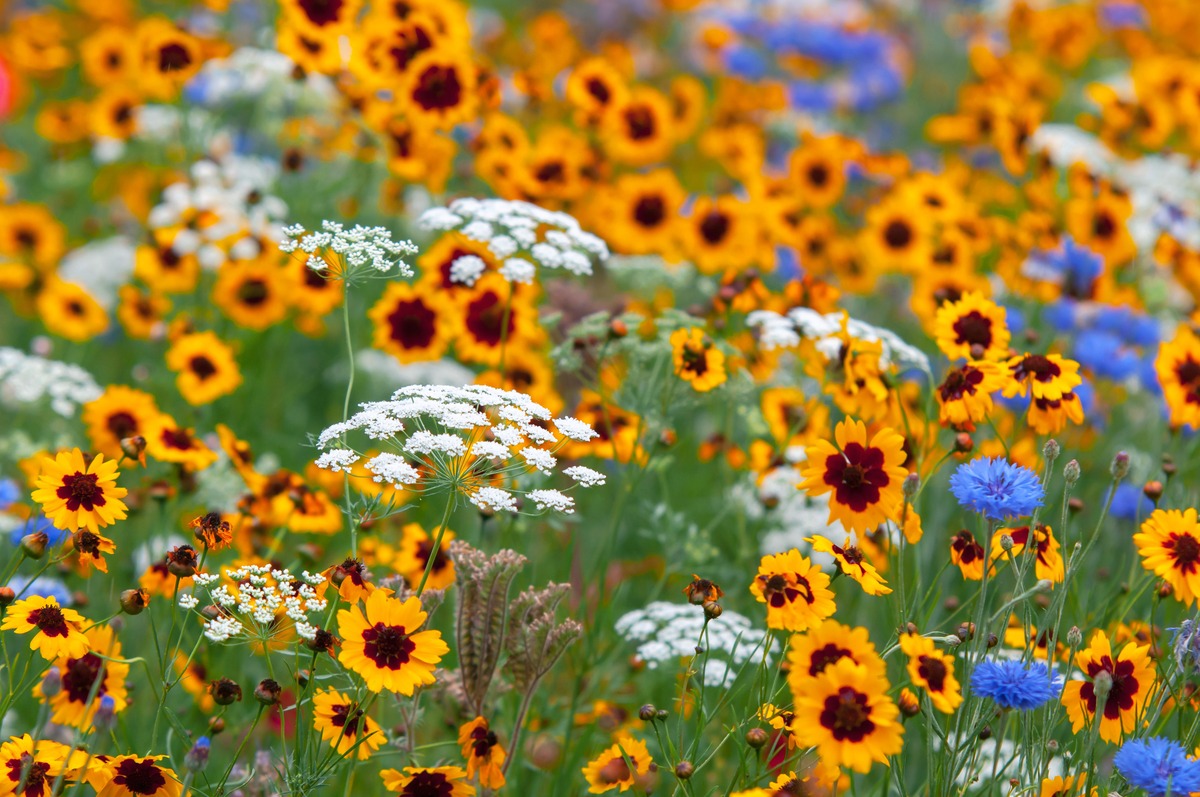

0 thoughts on “What Is The Name Of The Texas Wildflower That Is Red With Yellow”